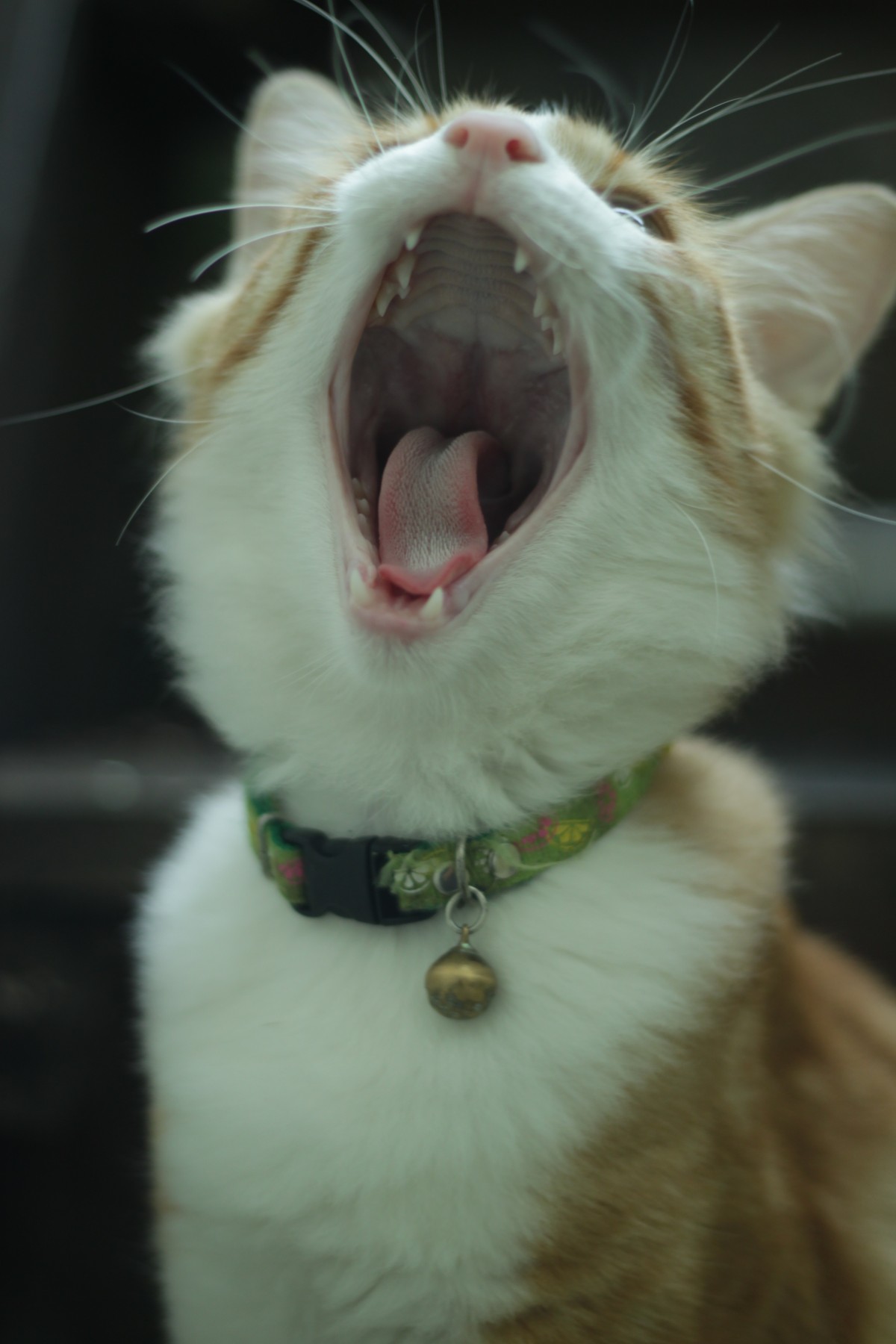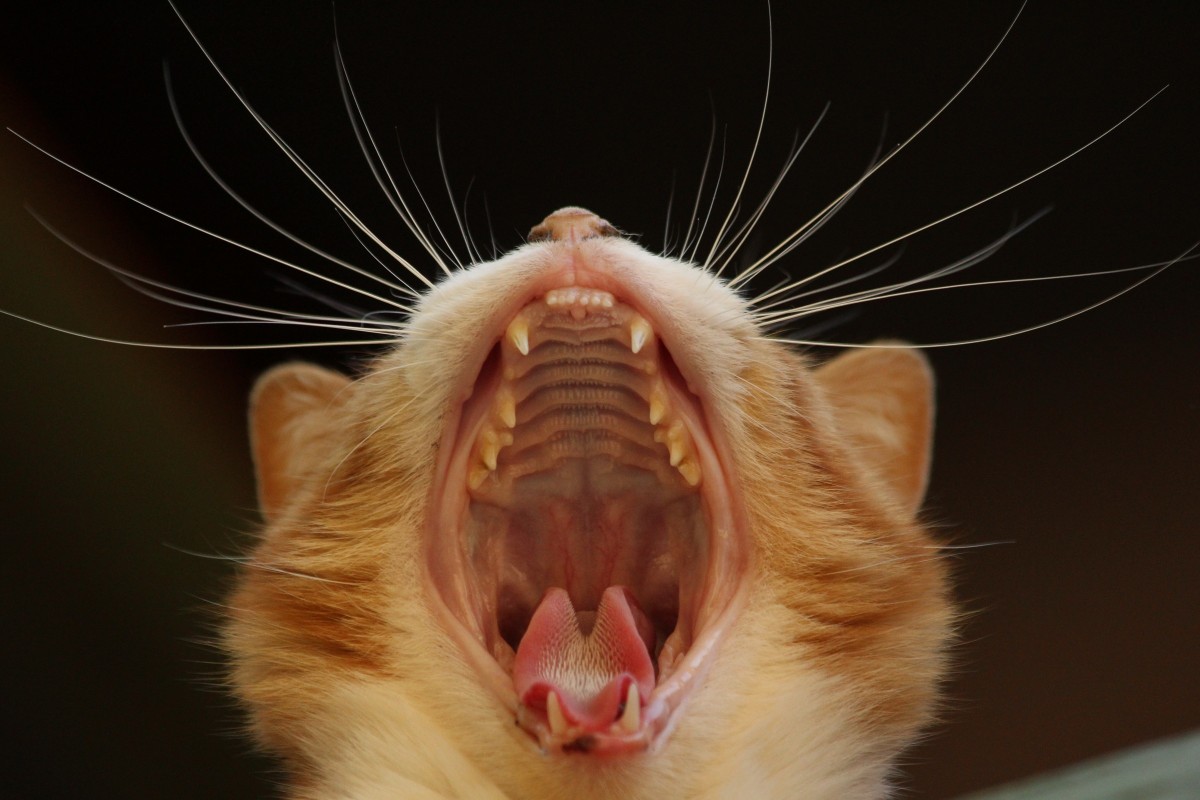How to Care for Your Cat’s Dental Health
Hello, fellow cat lovers! Your feline friend’s oral hygiene is a critical aspect of their overall well-being, and it’s time to give it the attention it deserves. In this guide, we’ll dive into everything you need to know about keeping your cat’s teeth and gums healthy. Let’s get started.
What is Cat Oral Hygiene?
Cat oral hygiene encompasses the daily practices and methods you can use to maintain your cat’s dental health. It’s not just about a pretty smile; it’s about ensuring your cat’s teeth and gums are in top shape. These elements play a vital role in your cat’s daily life, helping them cut, chew, and digest their food effectively.
Oral hygiene for cats is crucial because it helps eliminate harmful bacteria that can lead to issues like tartar formation on their teeth and gum inflammation, ultimately resulting in tooth loss.
Risks of Poor Dental Care
What happens when your cat’s oral hygiene is neglected? The risks are significant:
- Tartar Build-Up: Bacteria multiply in your cat’s mouth, and food residues between their teeth can lead to the formation and deposition of tartar on the surface of their teeth.
- Gum Inflammation (Gingivitis): The presence of bacteria and tartar increases the risk of gum inflammation. Gingivitis can be painful and lead to severe discomfort.
- Tooth Loss: In severe cases, cats can experience tooth loss, which can have a direct impact on their ability to eat and their overall health.
The pain and discomfort caused by poor oral hygiene can lead to your cat’s refusal to eat and result in weight loss. It’s essential to understand that a dental problem in your cat’s mouth can have a domino effect on their overall health.
Symptoms of Poor Oral Hygiene in Cats
To identify whether your cat may be suffering from poor oral hygiene, watch out for the following symptoms:
- Bad Breath: If your cat has persistent bad breath, it could be an early sign of dental issues.
- Yellow-Brown Deposit on Teeth: Check your cat’s teeth for any yellow-brown deposits, which could indicate tartar formation.
- Bright Red, Irritated Gums: Healthy gums should be pink. If you notice bright red and irritated gums, it’s a sign of gum inflammation.
How to Prevent and Treat Oral Hygiene Problems in Cats

Cat Dental Care: Treatment
If your cat’s oral hygiene has deteriorated, your veterinarian may recommend treatments such as scaling or even the extraction of one or more teeth, depending on the severity of the issue. These treatments are surgical in nature, require anesthesia, and can be expensive. While they are necessary in some cases, prevention is always the best approach.
Cat Dental Care: Prevention
Preventing oral hygiene issues in cats is a proactive approach to ensure your feline friend’s well-being. Here are some tips:
1. Brushing Your Cat’s Teeth: Brushing a cat’s teeth can be a challenge, but it’s not impossible. Start early if you can. Use toothpaste designed specifically for pets, as human formulations are not suitable for them.
2. Diet Matters: Consider a kibble-based diet for your cat. The abrasive texture of kibble can help reduce tartar build-up on their teeth.
3. Chew Toys: Chew toys designed for cats can help maintain their dental health. Chewing on these toys can help prevent tartar formation.
4. Dental Hygiene Products: Explore dental hygiene gels and liquids that can be mixed with your cat’s food. These products contain substances that combat bacteria in their mouth and promote oral health.
Maintaining your cat’s oral hygiene is a commitment to their health and comfort. While not all cats will readily accept dental care, it’s worth the effort to ensure they lead a happy and pain-free life. Remember, a healthy mouth means a happier cat!
So, take the necessary steps to care for your cat’s oral hygiene. Your feline friend will thank you with their purrs and cuddles.
